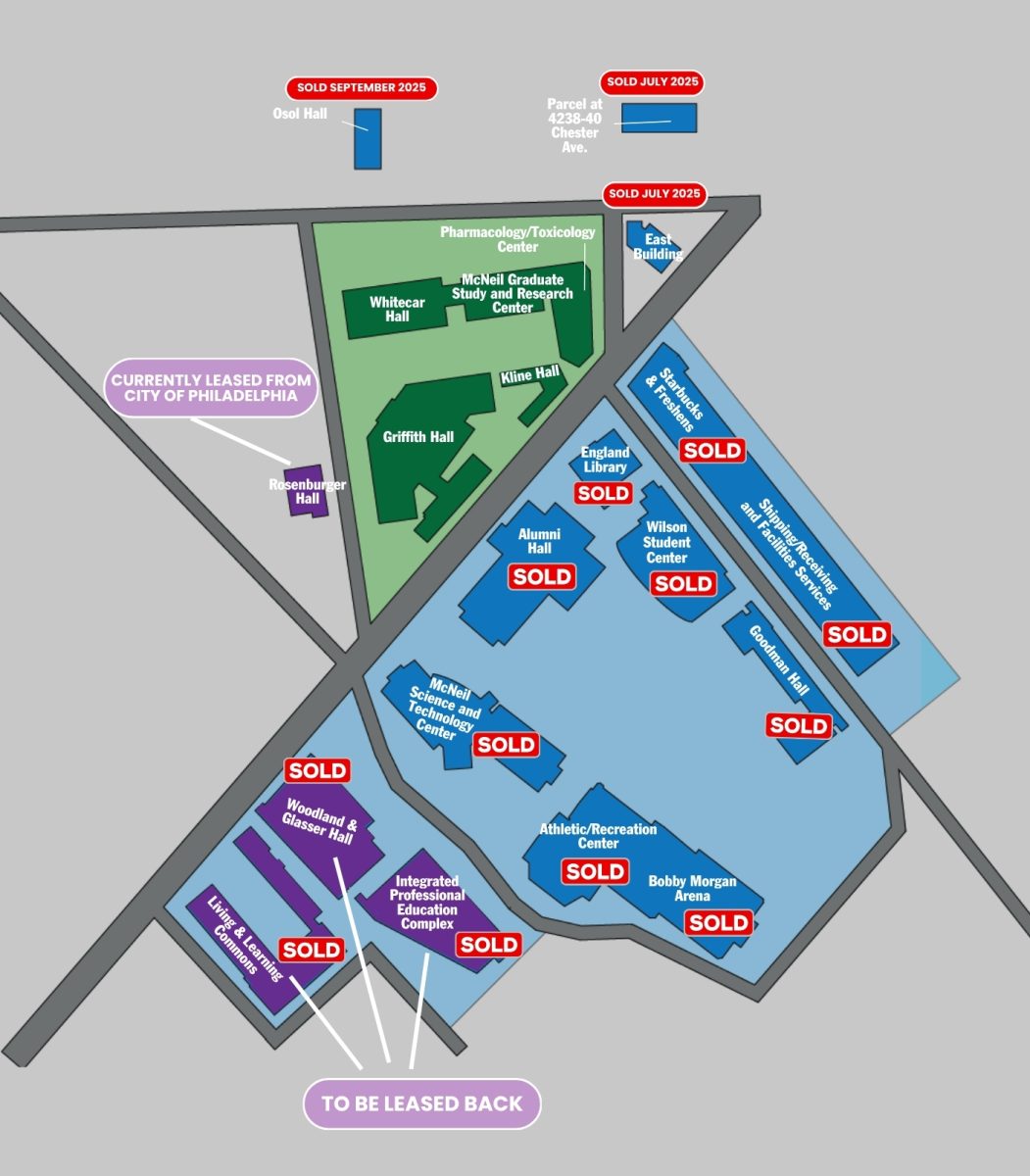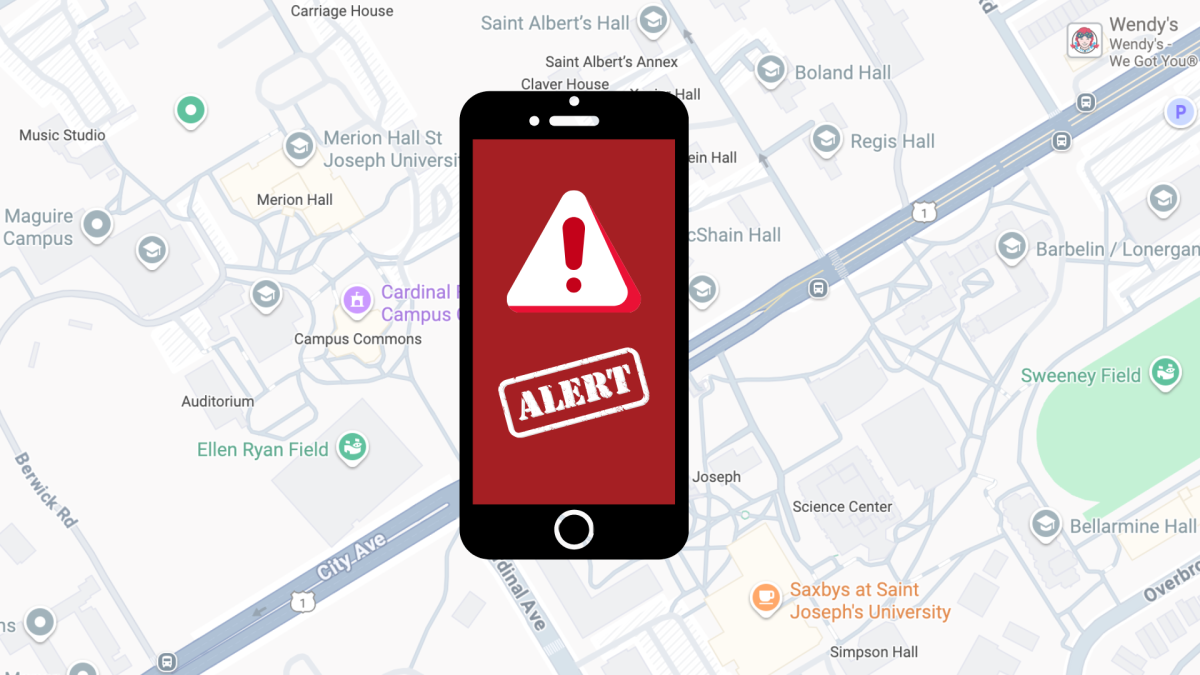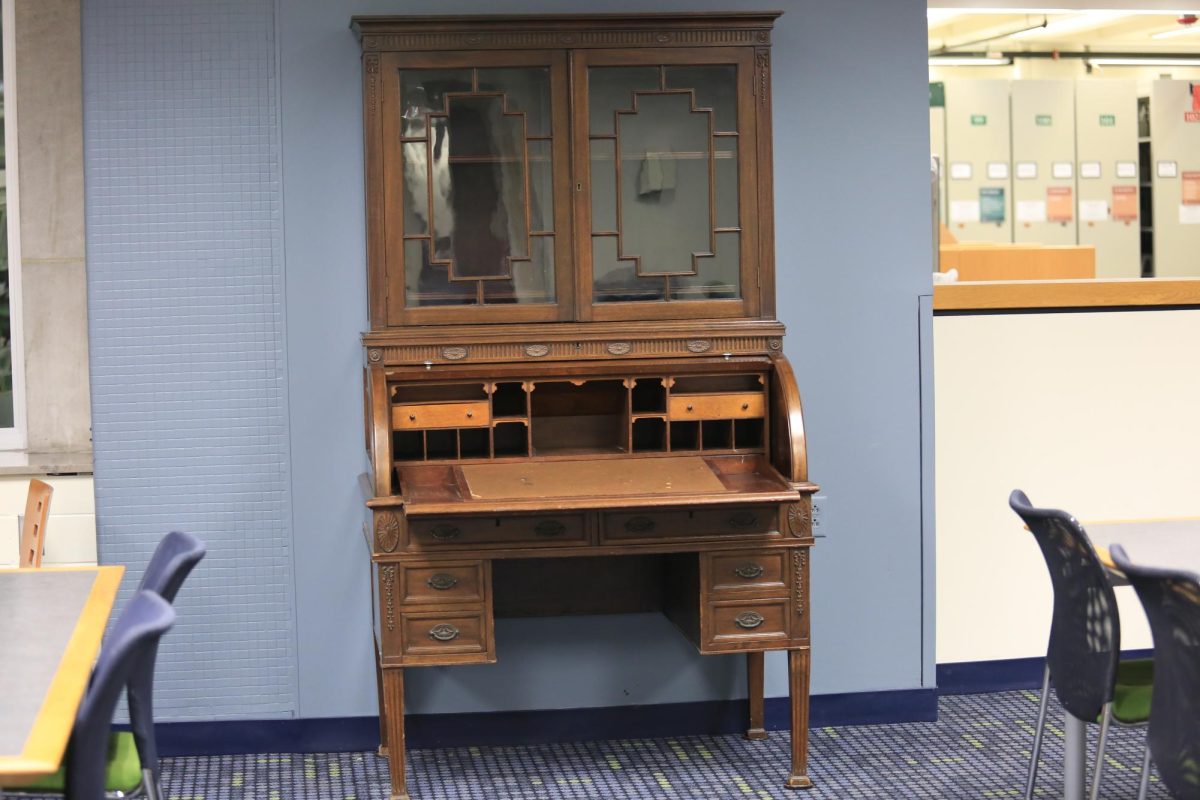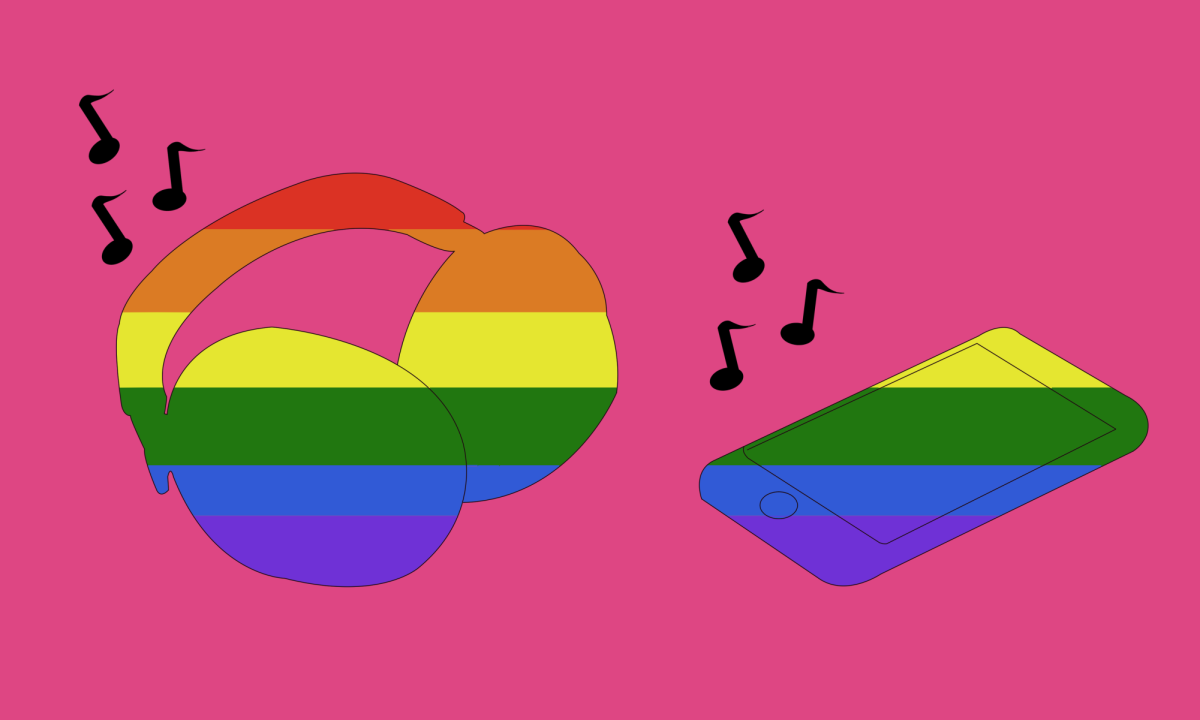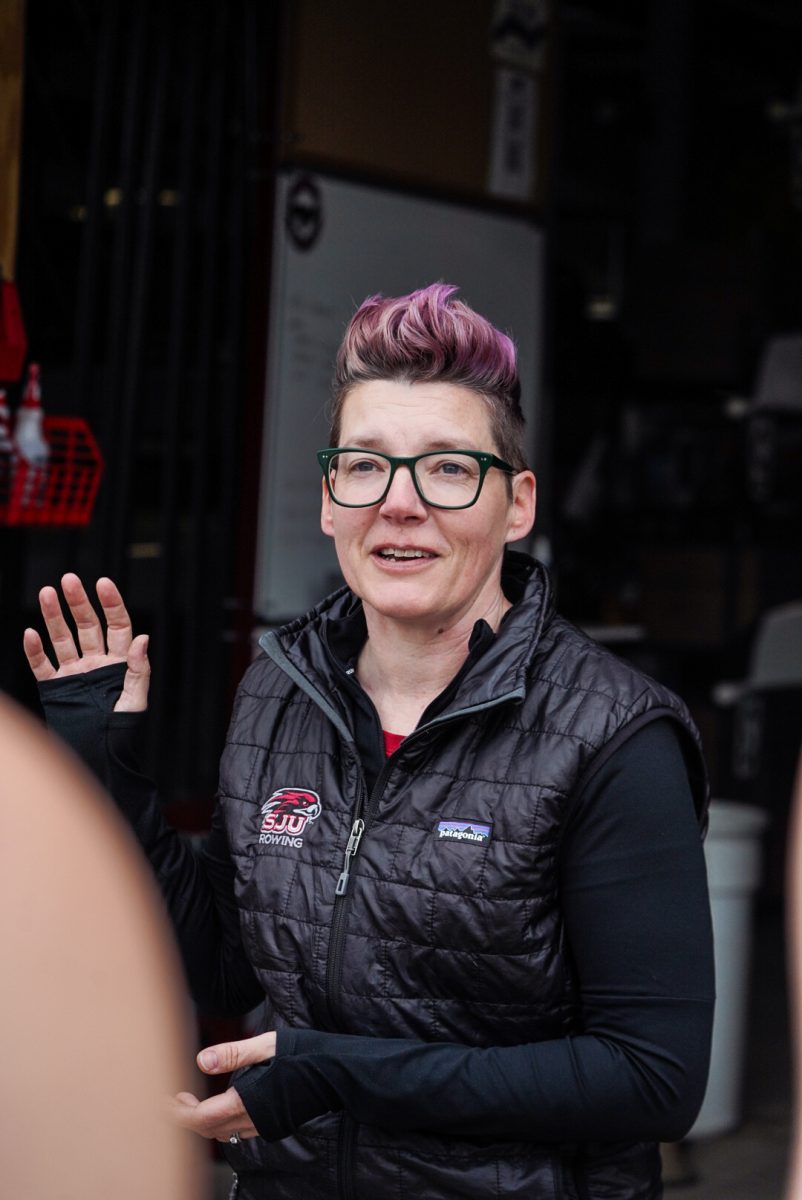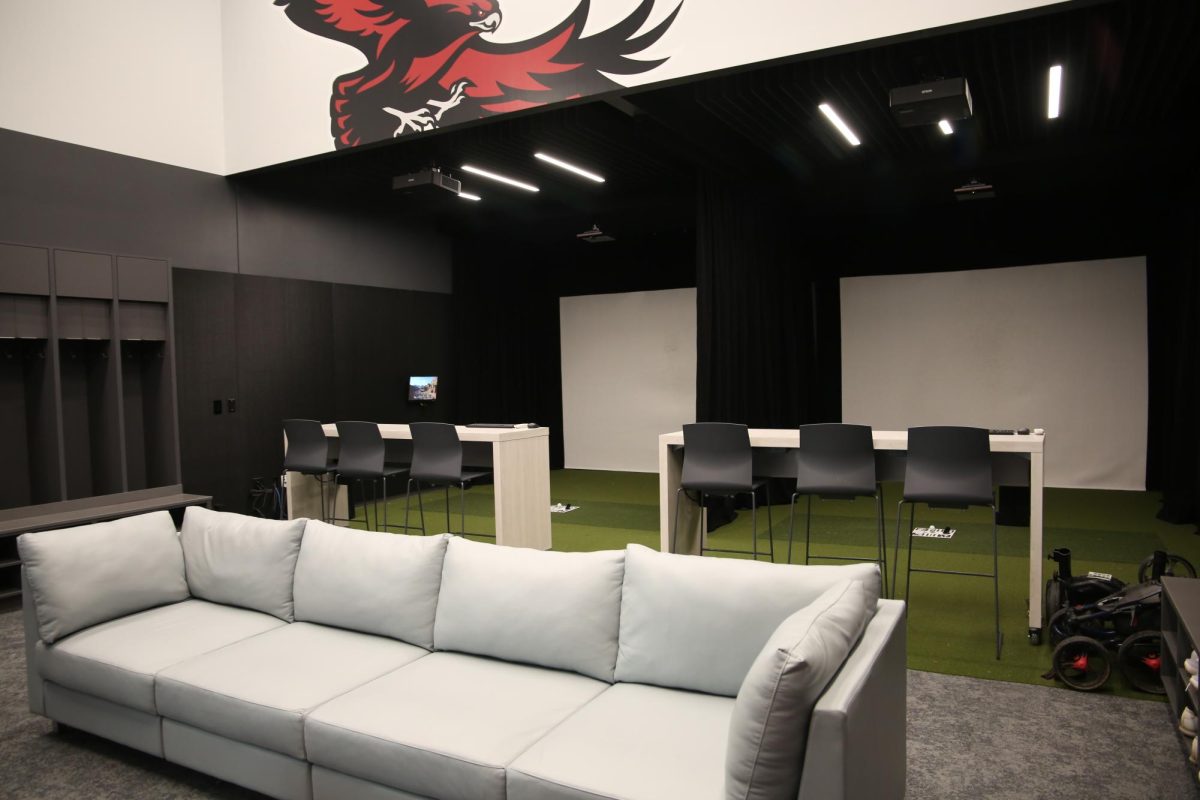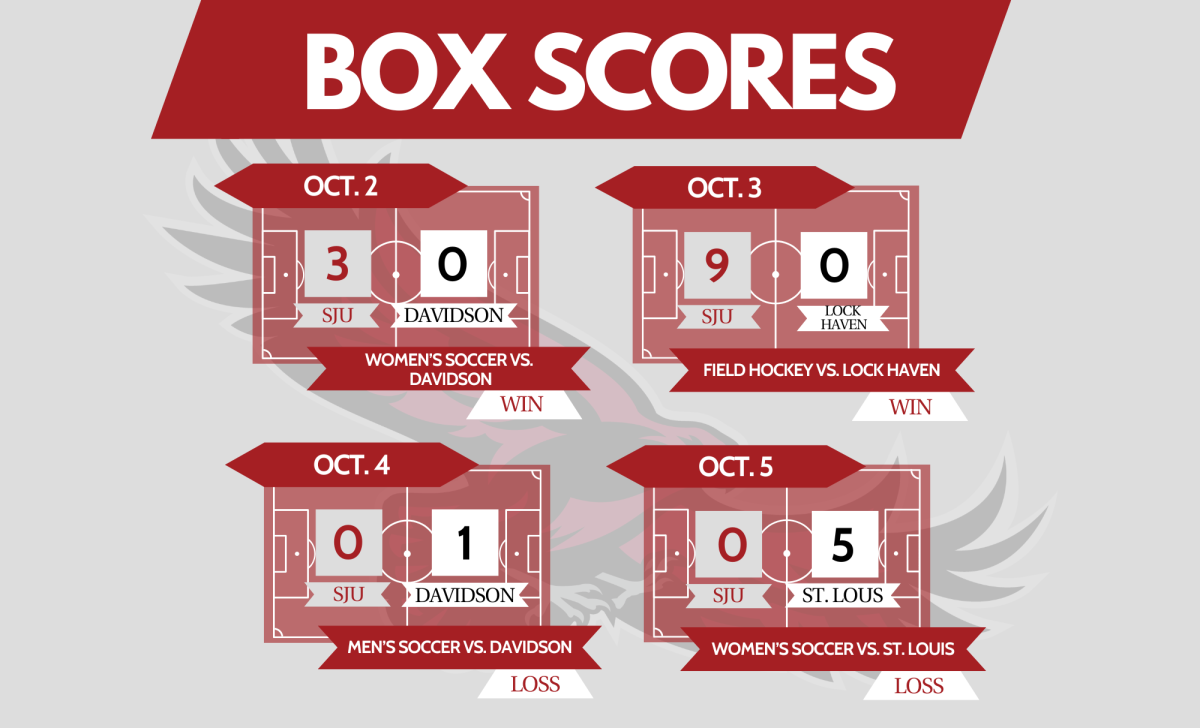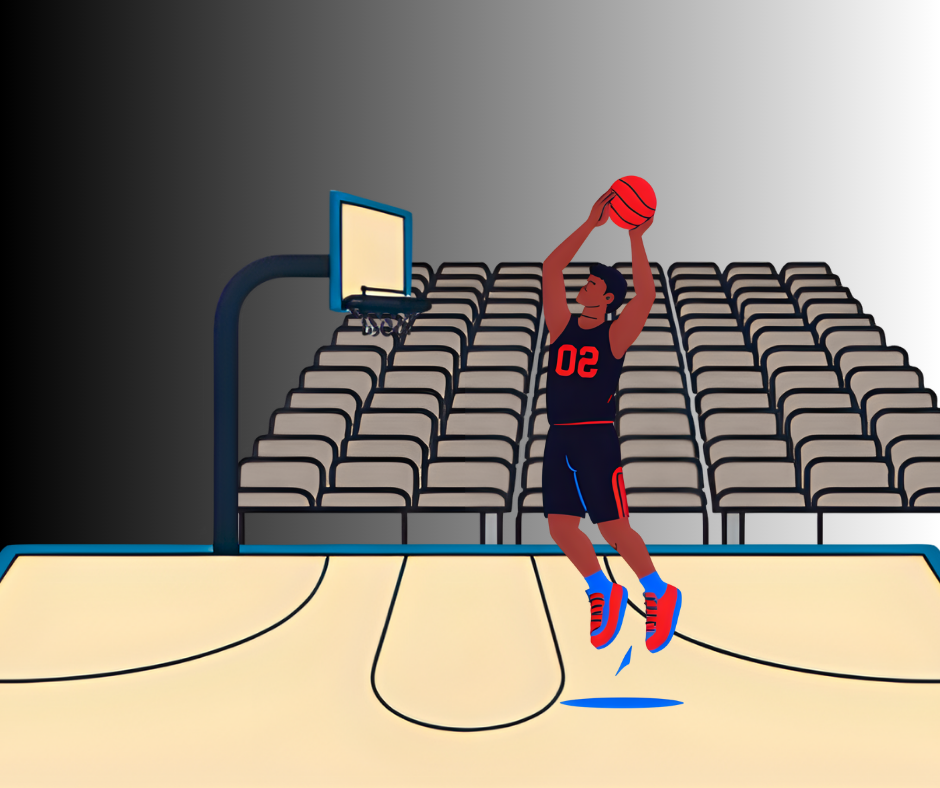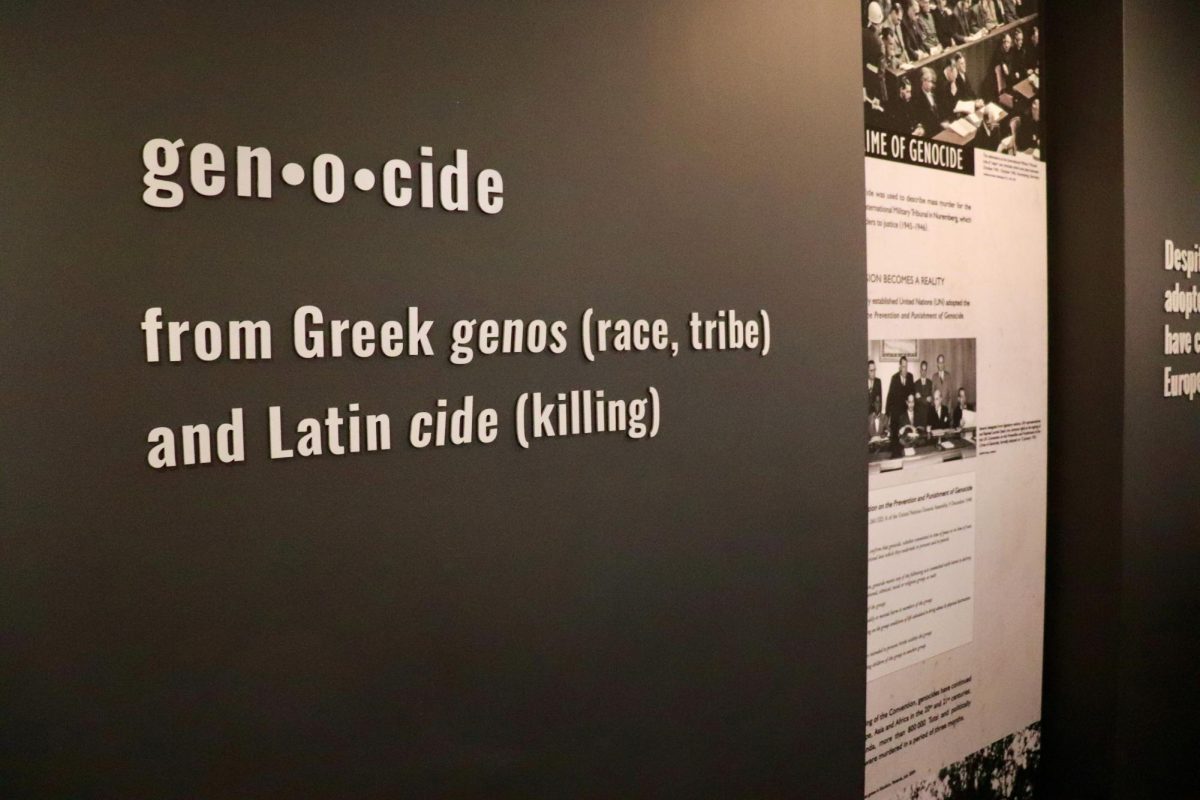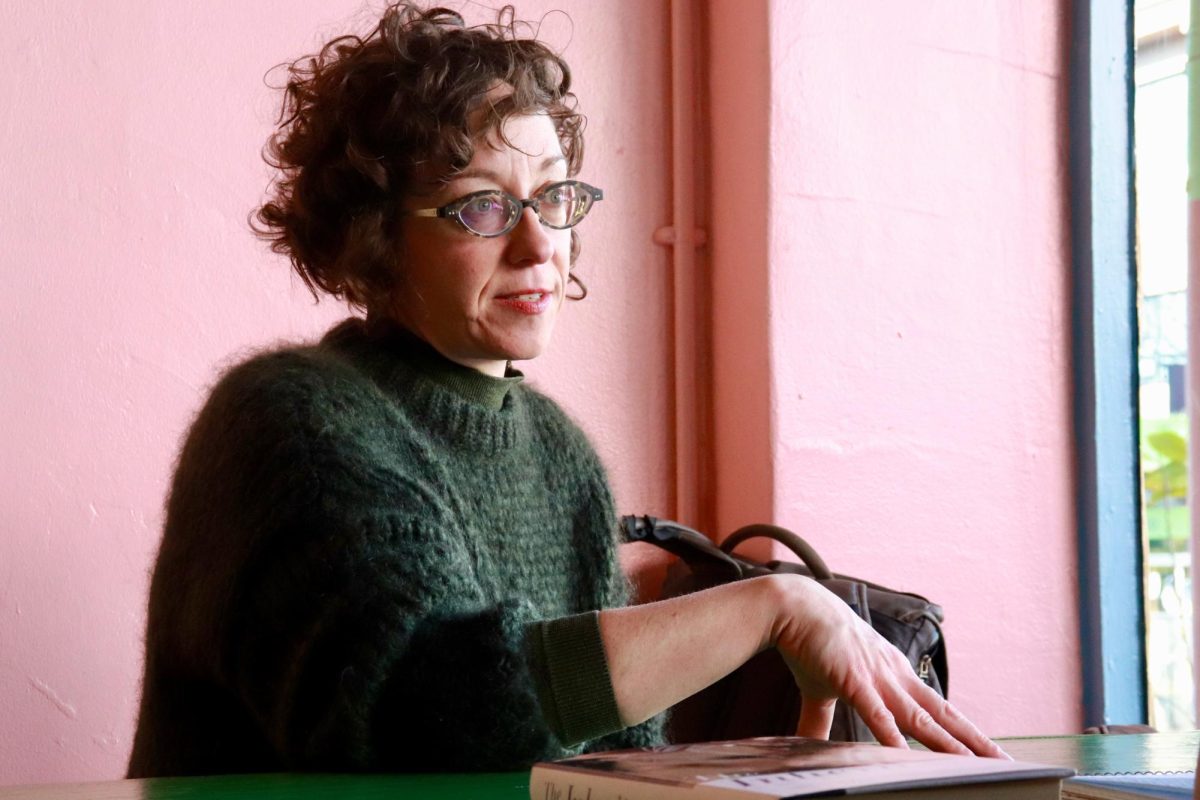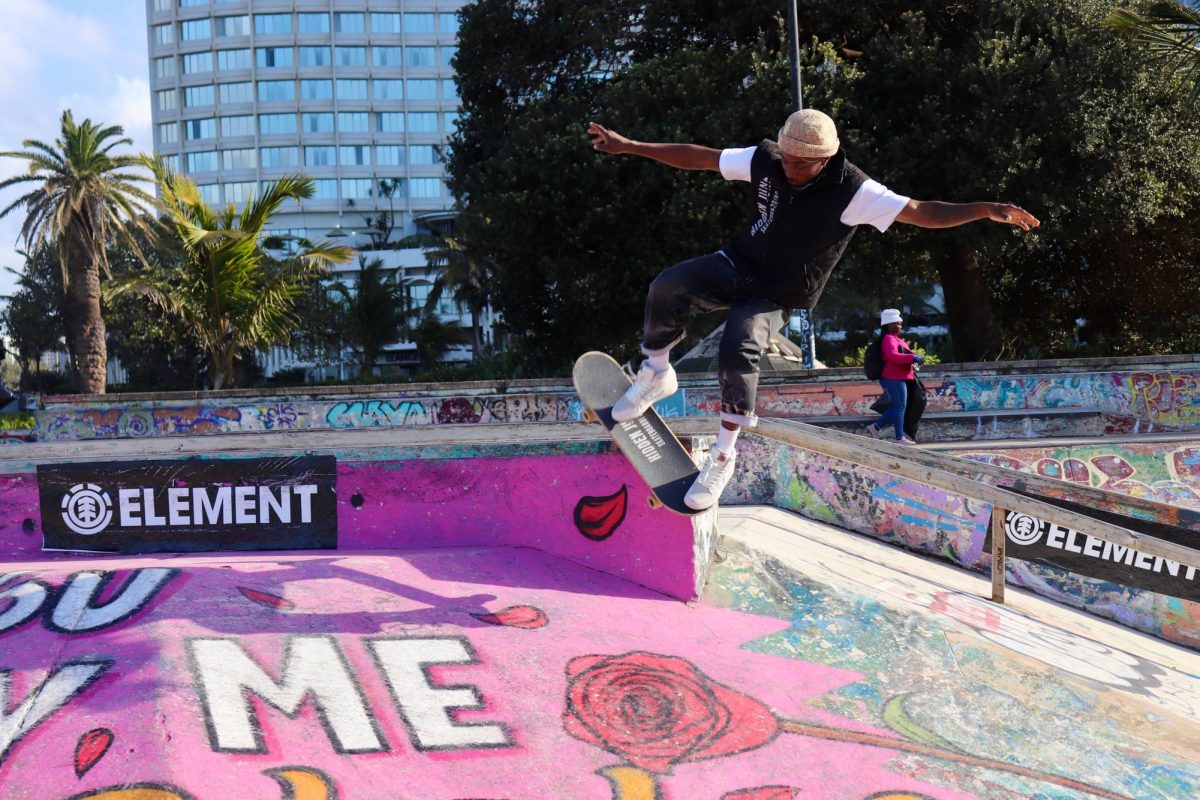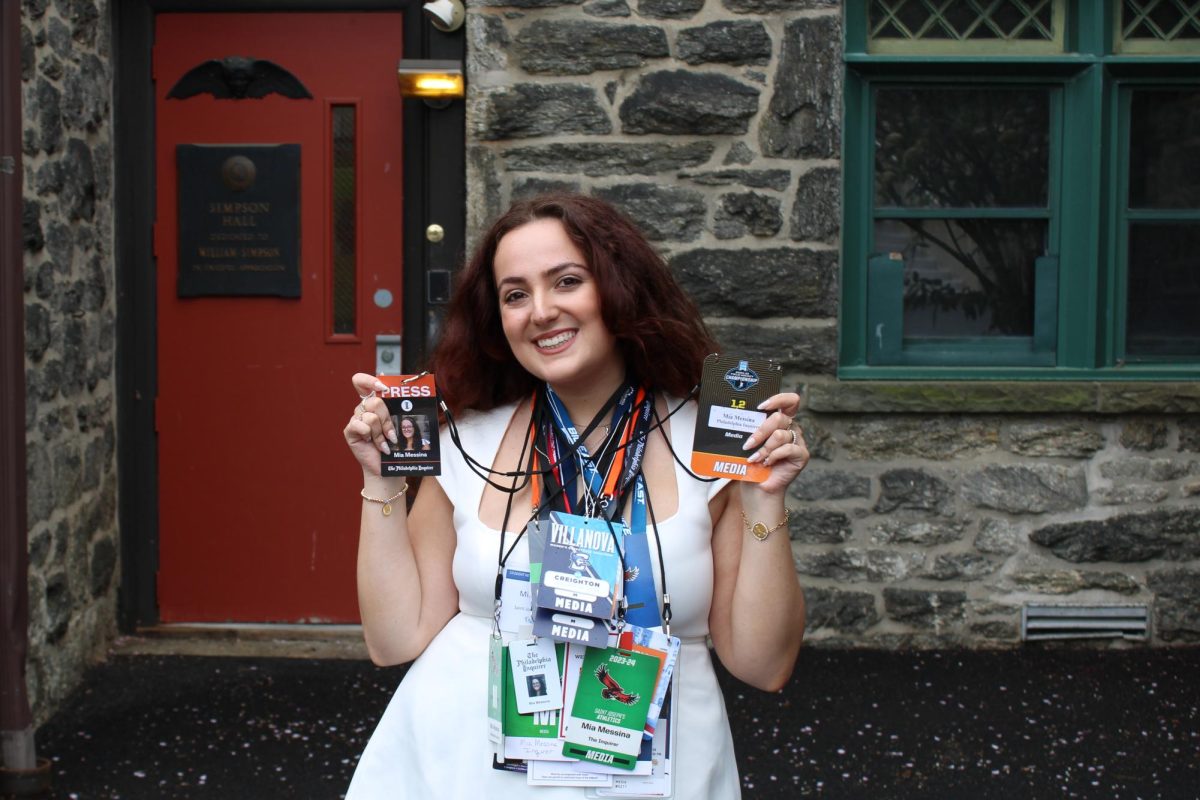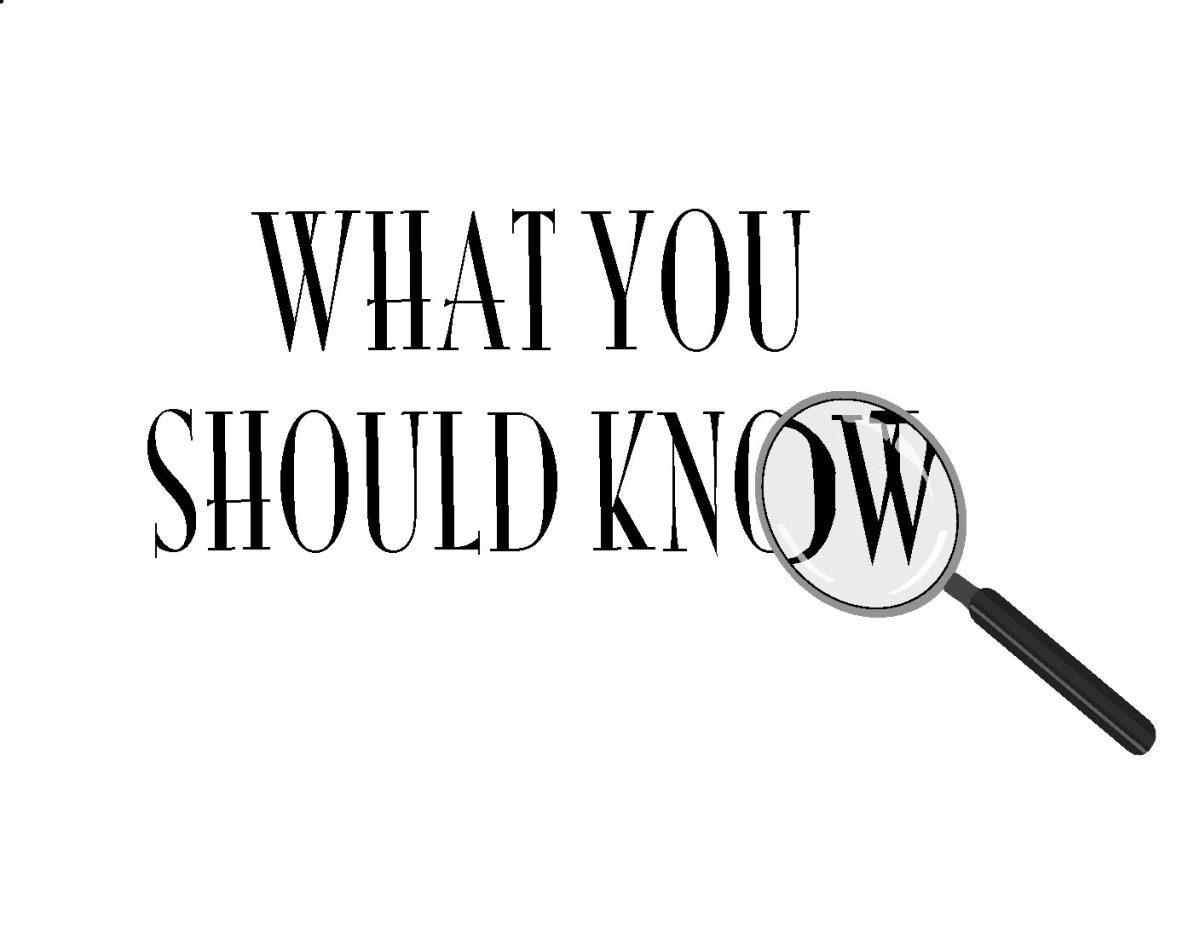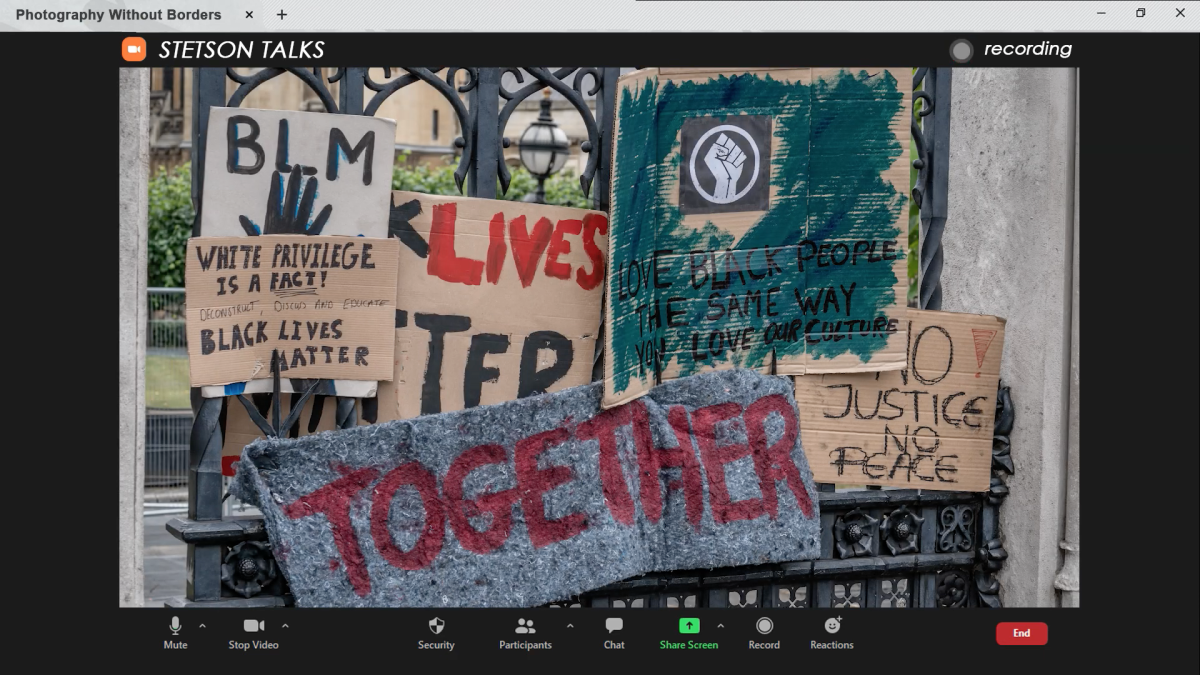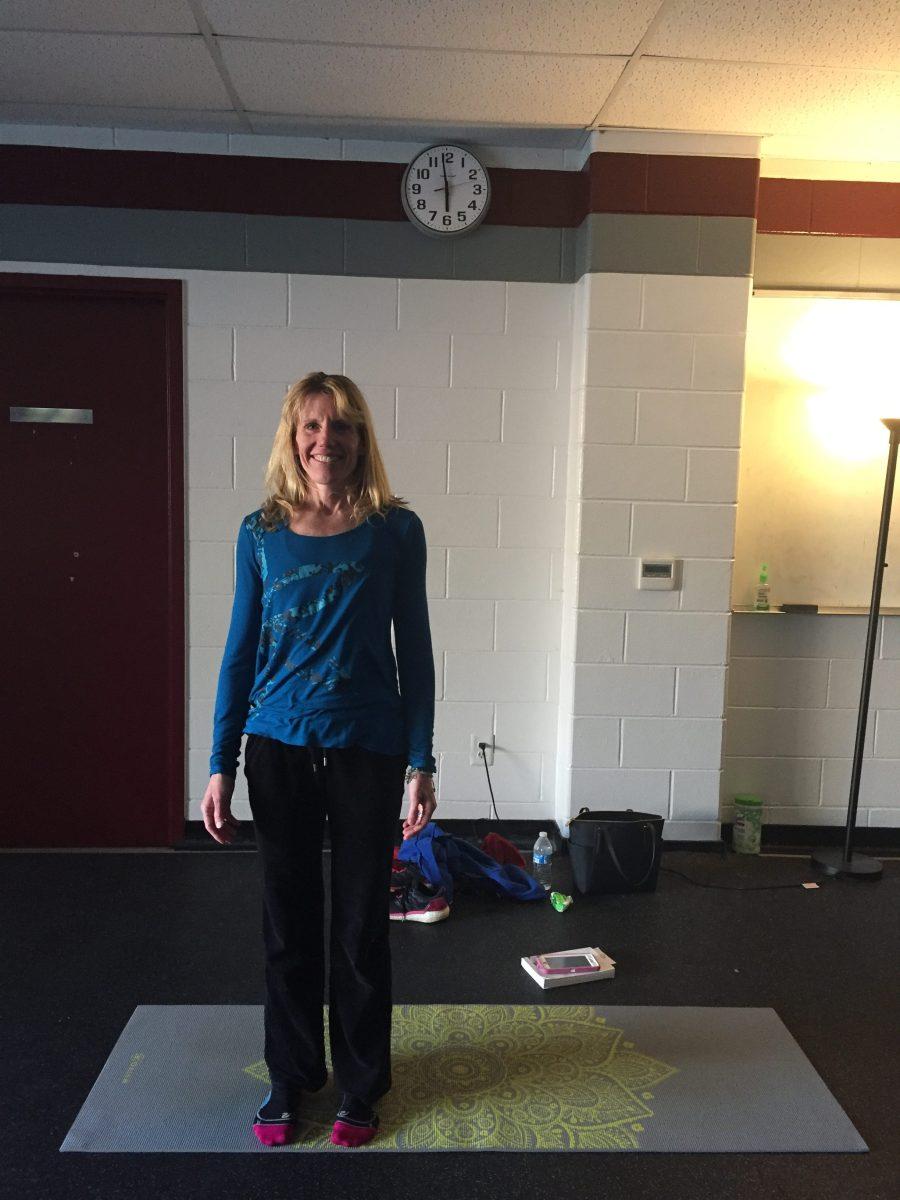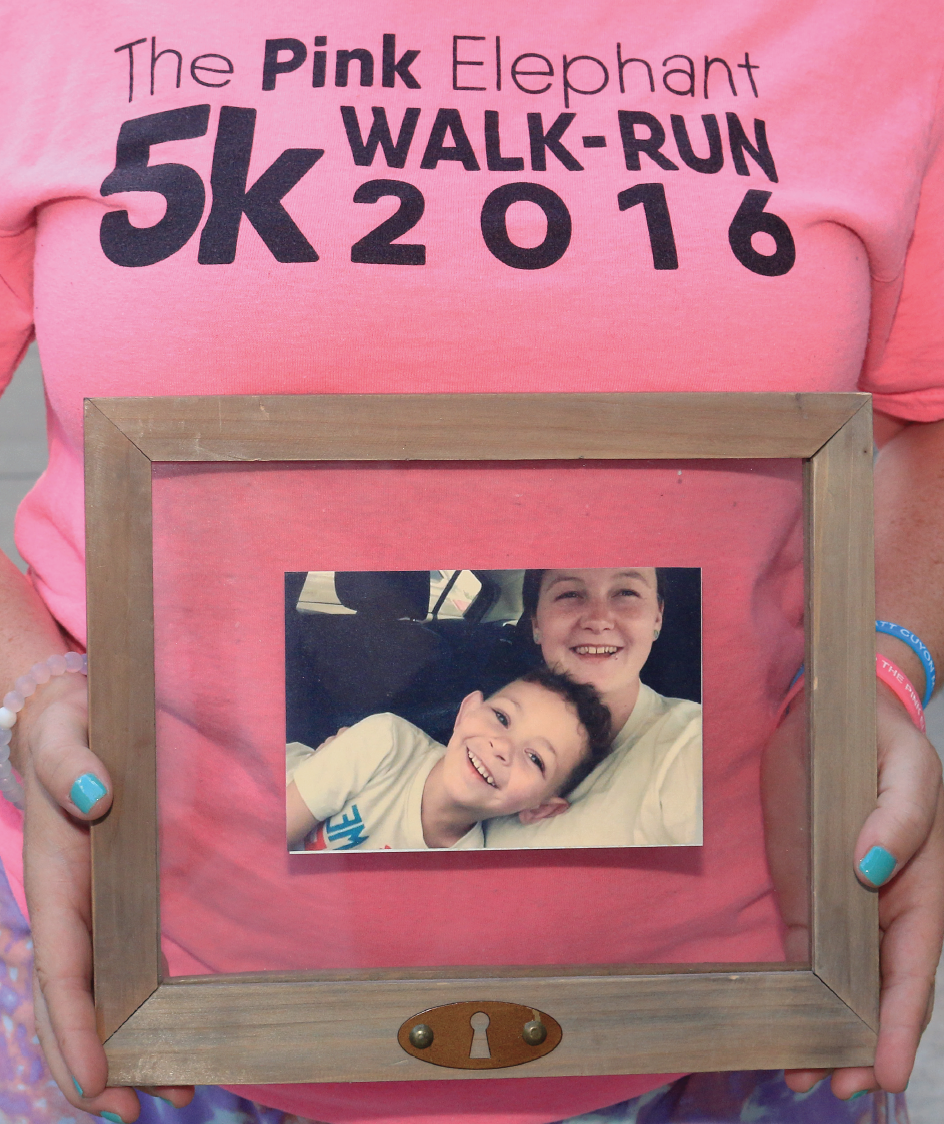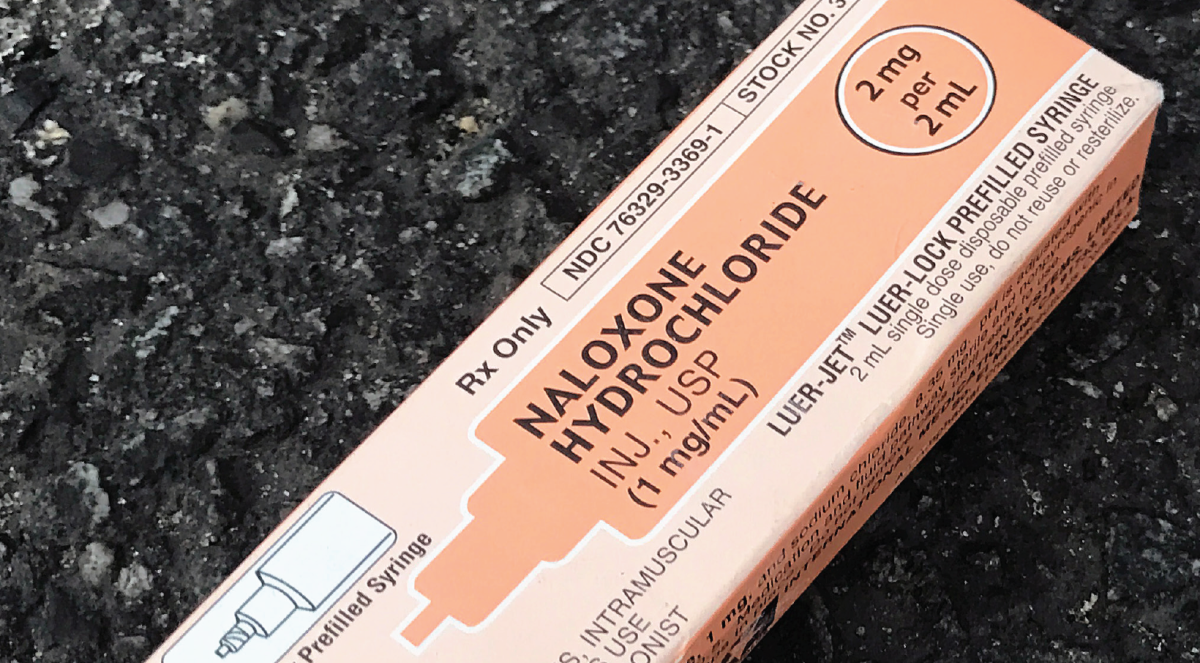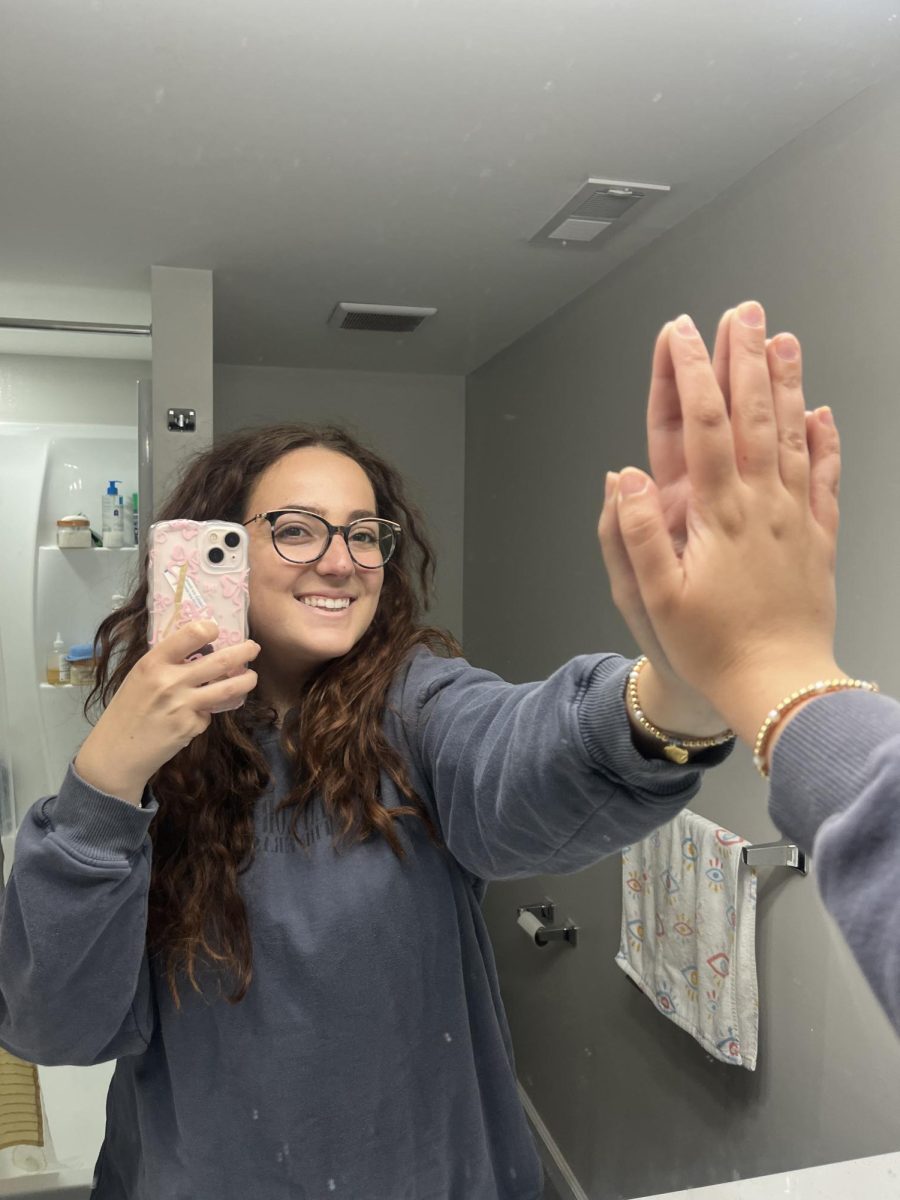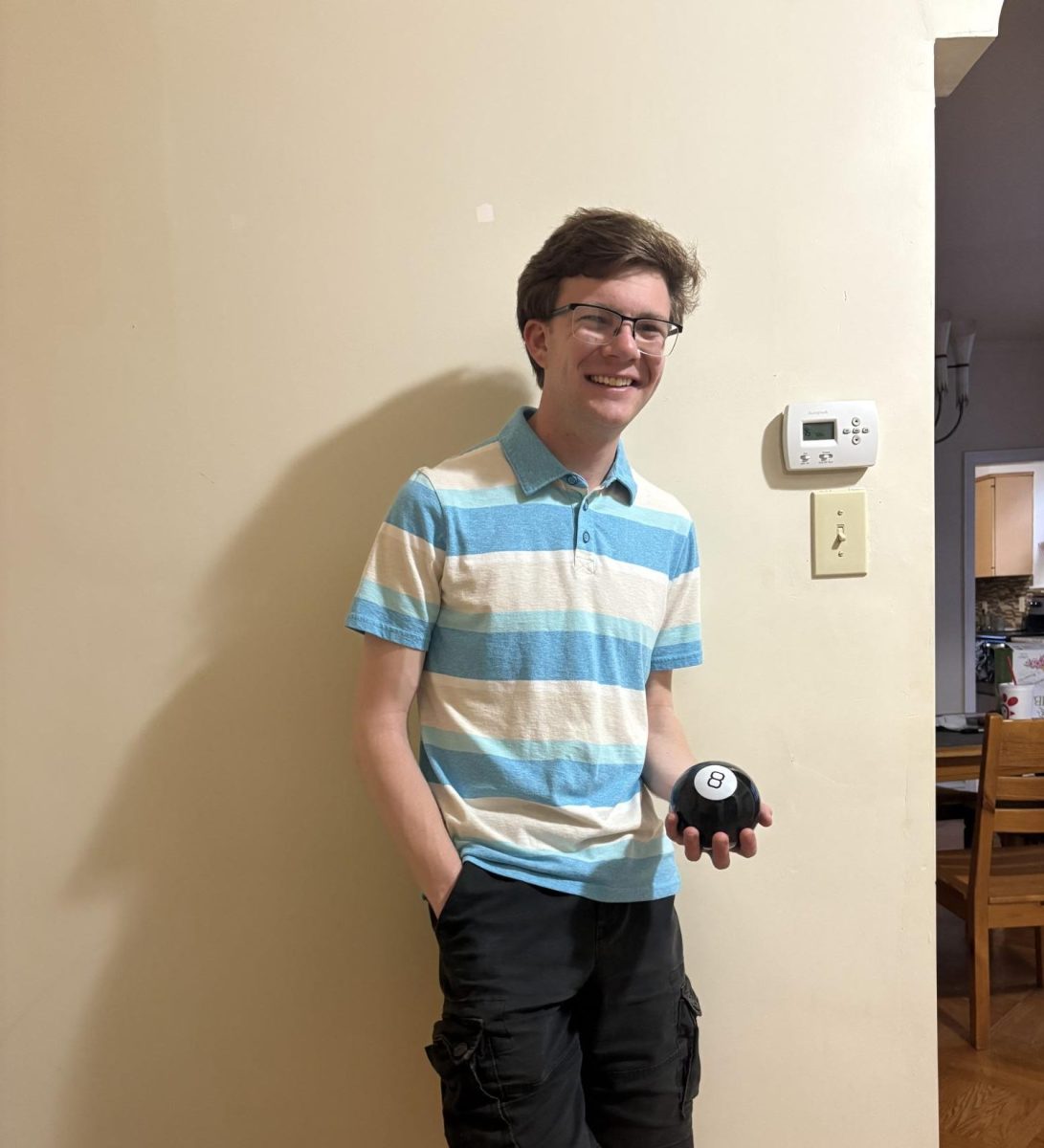Generation Z’s preference for old technology is helping boost sales of point-and-shoot cameras.
After being decimated by the smartphone market, camera sales have risen steadily in the last three years, according to 2024 Camera and Imaging Products Association data.
But the rise in point-and-shoot cameras — compact digital cameras that don’t have interchangeable lenses — has stemmed from a resurgence in using older technology to capture fun and flashy candids.
Allie Harrer ’27 borrowed her aunt’s Olympus Tough TG-6 digital camera on vacation in 2023 and never stopped using it. Harrer said she prefers taking photos on her digital camera because the candid shots with her friends always turn out better. She said she also likes the time and date stamp on the photos.
“When you use the flash on your iPhone camera, it’s too bright, or it’s too dark,” Harrer said. “I feel like my camera’s right in the middle. It’s the perfect amount that takes the perfect pictures.”
The simple press of a button makes point-and-shoot cameras popular among consumers. They don’t require any prior or specific knowledge about cameras.
Lily Rokita, an employee at Unique Photo in Philadelphia’s Old City neighborhood, said customers often come in looking for a straightforward camera, and the point-and-shoot delivers. Many of these customers are in their late 20s to 40s, she said.
“People don’t understand that the second you get interchangeable lenses, the cameras are just going to be physically bigger, even if they’re still tiny,” Rokita said. “It’s a different genre of camera.”
Chris Fascenelli, Unique Photo’s store manager, said he has seen a huge rise in requests for point-and-shoot cameras since spring 2024. They’ve been on the rise ever since the re-emergence of the Fujifilm X100V camera that was released in 2022, Fascenelli said. Its popularity is linked to TikTok and Instagram reels.
When Fujifilm’s X100V1 released in early 2024, Unique Photo still had backorders from the X100V. Another popular option, Fascenelli said, is Canon’s G7X Mark III, which has been consistently sold out.
“The demand has been fierce,” Fascenelli said. “Manufacturers, even now, months later, are struggling to keep up with the demand.”
Harrer said everyone she knows is getting a point-and-shoot camera. One of her roommates recently purchased one after seeing the result of the pictures on Harrer’s camera.
“It’s definitely a big thing,” Harrer said, adding that she often shares the photos she takes on an Instagram account she made solely for her point-and-shoot photos.
The cost of digital point-and-shoot cameras can vary, but those buying a digital camera for fun tend to purchase used digital point-and-shoot cameras for around or under $200.
Jackie Neale, adjunct professor of photography at St. Joe’s who also teaches at the New York Film Academy in New York City, has been running her own photography business for 30 years. Neale said digital cameras have come a long way. They used to be unable match the high resolution and quality that film cameras offered, she said
“It was always pixelated,” Neale said. “It was always full of noise. No professional photographer was ready to adopt that technology. They didn’t want to.”
Neale isn’t the biggest fan of digital point-and-shoot cameras because their lower resolution isn’t adequate for commercial photography. But she understands why some people enjoy using them, especially if the end goal is to showcase photos on social media.
“It doesn’t really matter what camera you’re using. If you have a good eye, if you have a story to tell, if you have good composition and aesthetic, it doesn’t even really matter about that quality,” Neale said. “The point-and-shoot cameras offer something to the aesthetic that the artist is looking for, and I encourage the use of it.”

